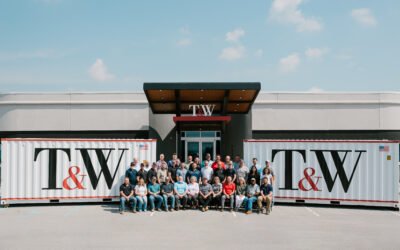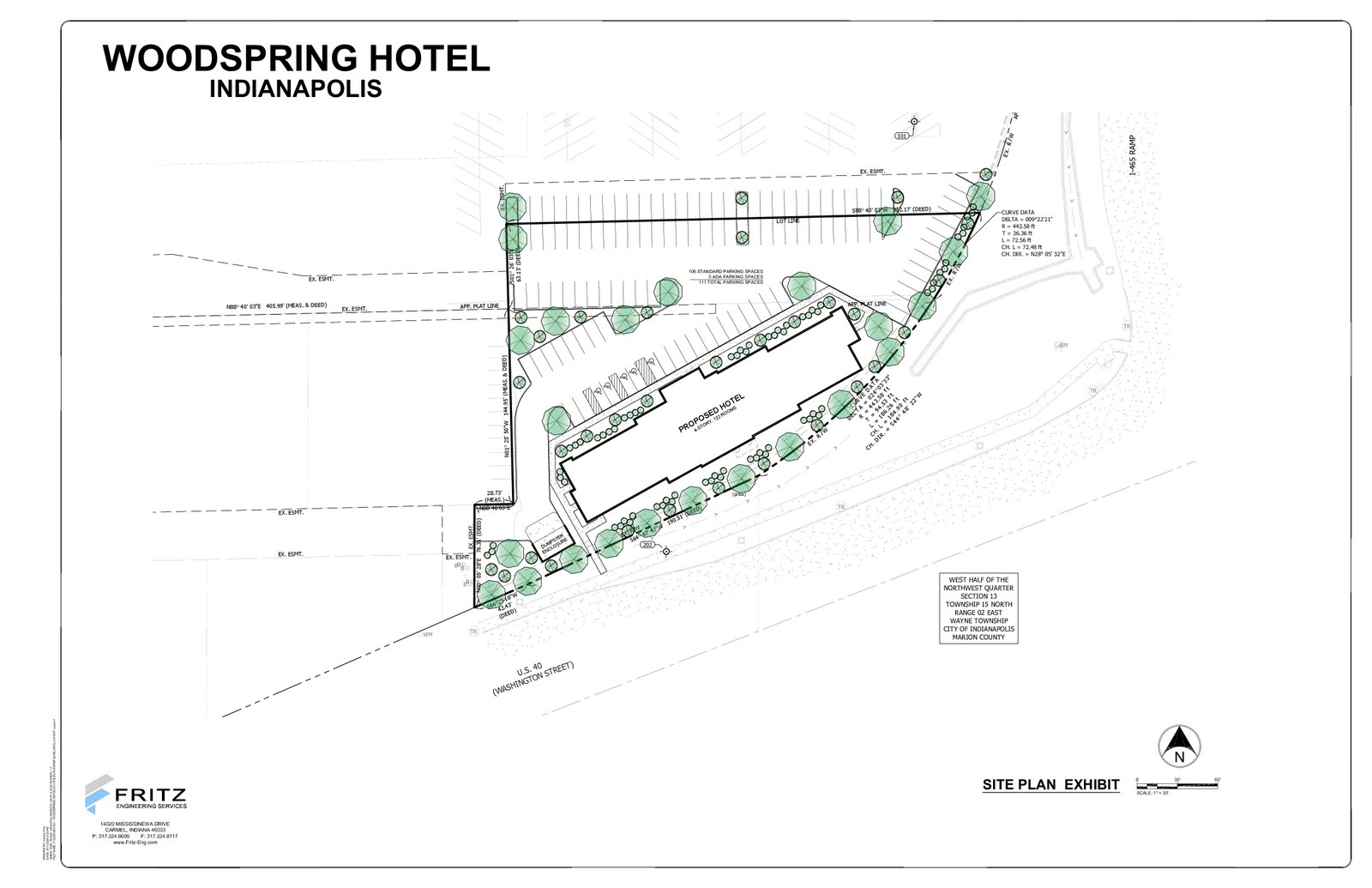City-County Councilor Jared Evans provides an update on the Blue Line and SB141. Evans shares his opinion about the importance of the route and how we can find common ground on this issue.
What is the latest on the Blue Line?
The gavel struck, and the General Assembly came to a close. Many working for revitalization on the west side took a deep sigh of relief because it meant the year-long effort to derail IndyGo’s Blue Line was over. Senate Bill 141 and its many amendments failed to pass in both the Senate and the House. Though the bill as presented was confusing at times, one issue was always clear: SB141 would slam the brakes on $40 million in public infrastructure spending along West Washington Street––our hopes for new roads, sidewalks, curbs, and drainage would be dashed.
There’s angst amongst community leaders as we expect another challenge to the Blue Line in the 2022 General Assembly.
For now, the Blue Line is safe.
How does the Blue Line contribute to your vision for West Washington, and how will it contribute to commerce?
Throughout my 2015 campaign, I spent hundreds of man-hours on the streets–knocking on doors and talking to residents about their concerns. A clear vision for West Washington Street was the result of those conversations. Residents want to see improved infrastructure–from roads to sidewalks and drainage.
Here are the facts:
33% of pedestrian strikes happen on West Washington Street. The Blue Line will provide new sidewalks and new traffic lights to counteract these accidents. Many neighborhoods bordering West Washington Street flood in wet conditions. The Blue Line will provide new stormwater drainage. Our vision is a safe, clean community. This is made possible because of the $40 million provided to the Blue Line by IndyGo.
Car payments, insurance, maintenance, and fuel cost the average motorist $10,000 annually. The Blue Line will be rapid and reliable, and it will offer an affordable solution to frugal commuters. However, the most notable gains may be for businesses. Increased savings for families means more disposable income for spending. Most importantly, reliable mass transit in the West Washington Street Corridor will cut down on costly absences and tardiness in the workplace.
The Blue Line is good for safety, sanitation, and our local economy. On average, every $1 spent on mass transit returns $3. Do the math––mass transit is an investment in our community!
Is there a better solution to dedicated lanes on the table?
On the surface, lawmakers scrutinized IndyGo for its failure to meet fundraising requirements. Written by Senator Aaron Freeman, Senator Mike Young sponsored SB141. The proposed bill held IndyGo accountable to fundraise 10% of its operating budget. Freeman and Young argued the funds could not include local tax revenue or federal grants.
The conversation repeatedly drifted from the funding requirements to dedicated lanes. Some language mandated that IndyGo dedicate a lane for each route to receive federal grants–cutting a two-lane thoroughfare in half.
The argument for shared lanes has merit. Taking a lane from West Washington Street, for example, would add three or four minutes to your commute.
Pundits offered alternative proposals; making a dedicated center lane for one and sharing lanes during rush hour for another. Both of these ideas were presented to the FTA and approved.
Opponents of mass transit were not in support of these alternatives. They insisted that dedicated lanes were unnecessary to receive federal funds and confused many residents. However, the FTA assured me that dedicated lanes are necessary for federal funding. I have the correspondence from the FTA, and I am willing to share it with constituents at their request.
There was a proposal on the floor to raise taxes to pay for the redevelopment of West Washington Street. I object to new taxes. We voted for the transportation referendum in 2016. We shouldn’t have to pay additional taxes.
We already pay enough.
The City of Indianapolis generates millions of dollars in tax dollars for infrastructure. However, the state withholds 75% of this revenue. The remaining 25% is not enough to maintain our roads or sidewalks. Until the road formula and tax code are changed, Indianapolis will struggle.
How do we move past division and find common ground on this issue?
First, we have to be peripheral thinkers. Rather than people who focus on the effects of poverty, we have to have people who think about the causes. We have to agree that solving poverty is a problem for our community. There are fewer and fewer clinics and grocers in our community; why? There is more crime; why? It is easy to pick at the effects of poverty in our community, but we have to uproot the causes––what is causing poverty in our community?
Second, we have to fight for the win-win. This win-at-all-cost mentality is destroying our community. The Blue Line is no exception. Is it better to have shared lanes, or is it better to have new infrastructure–roads, sidewalks, and drainage throughout our community? Are there alternative proposals––making a dedicated center lane or sharing lanes during rush hour? There doesn’t have to be winners and losers.
In the end, we have to be willing to do what is best for the community as a whole. To me, that begins and ends with peripheral thinking and fighting for the win-win.



